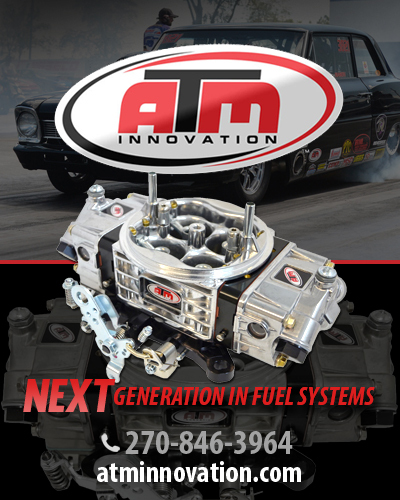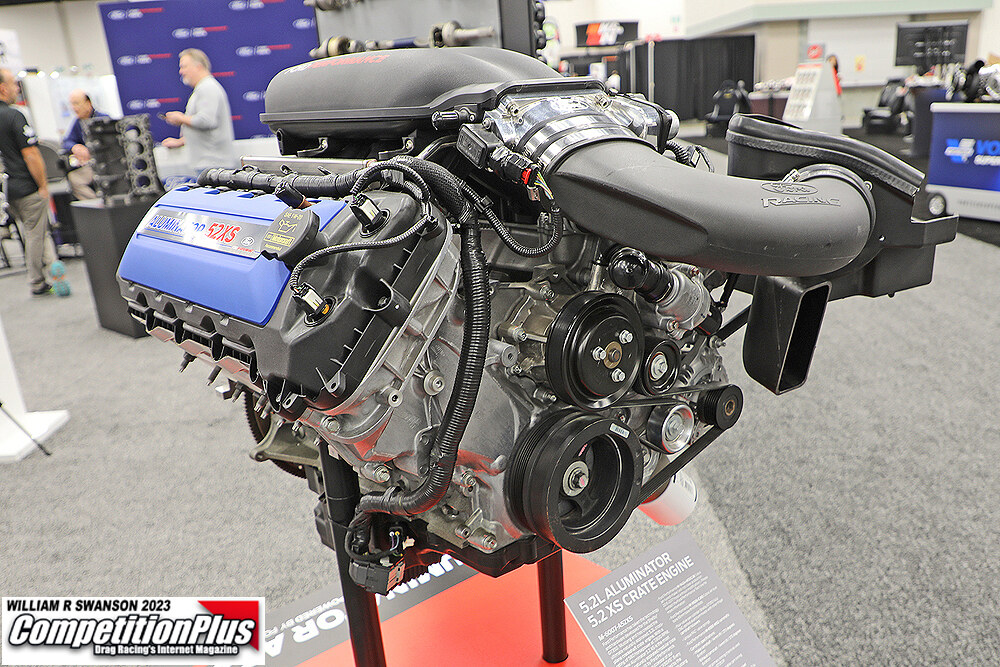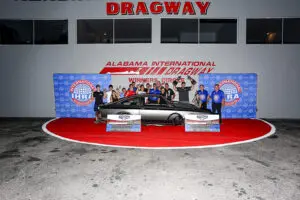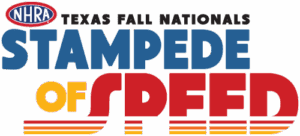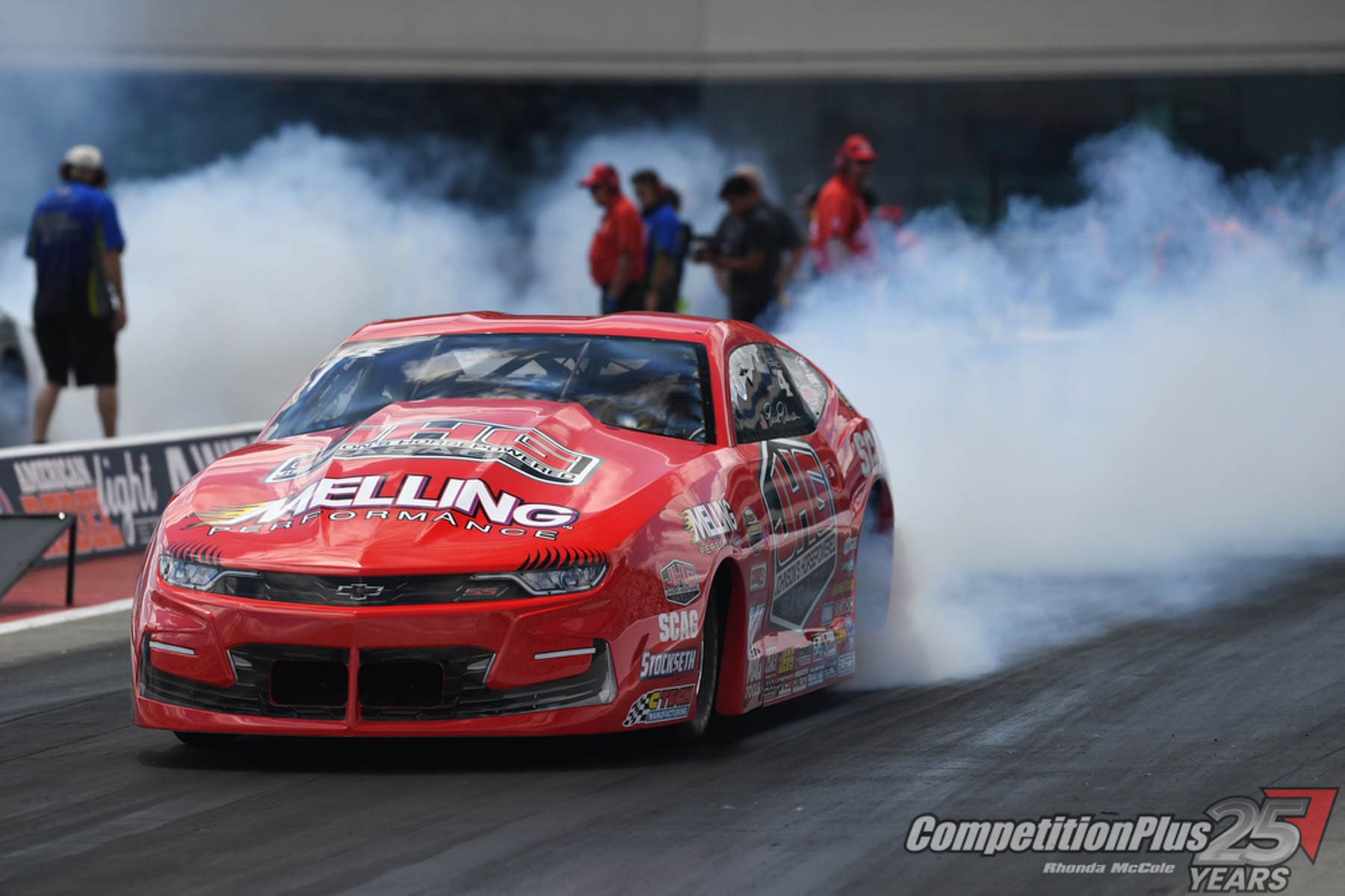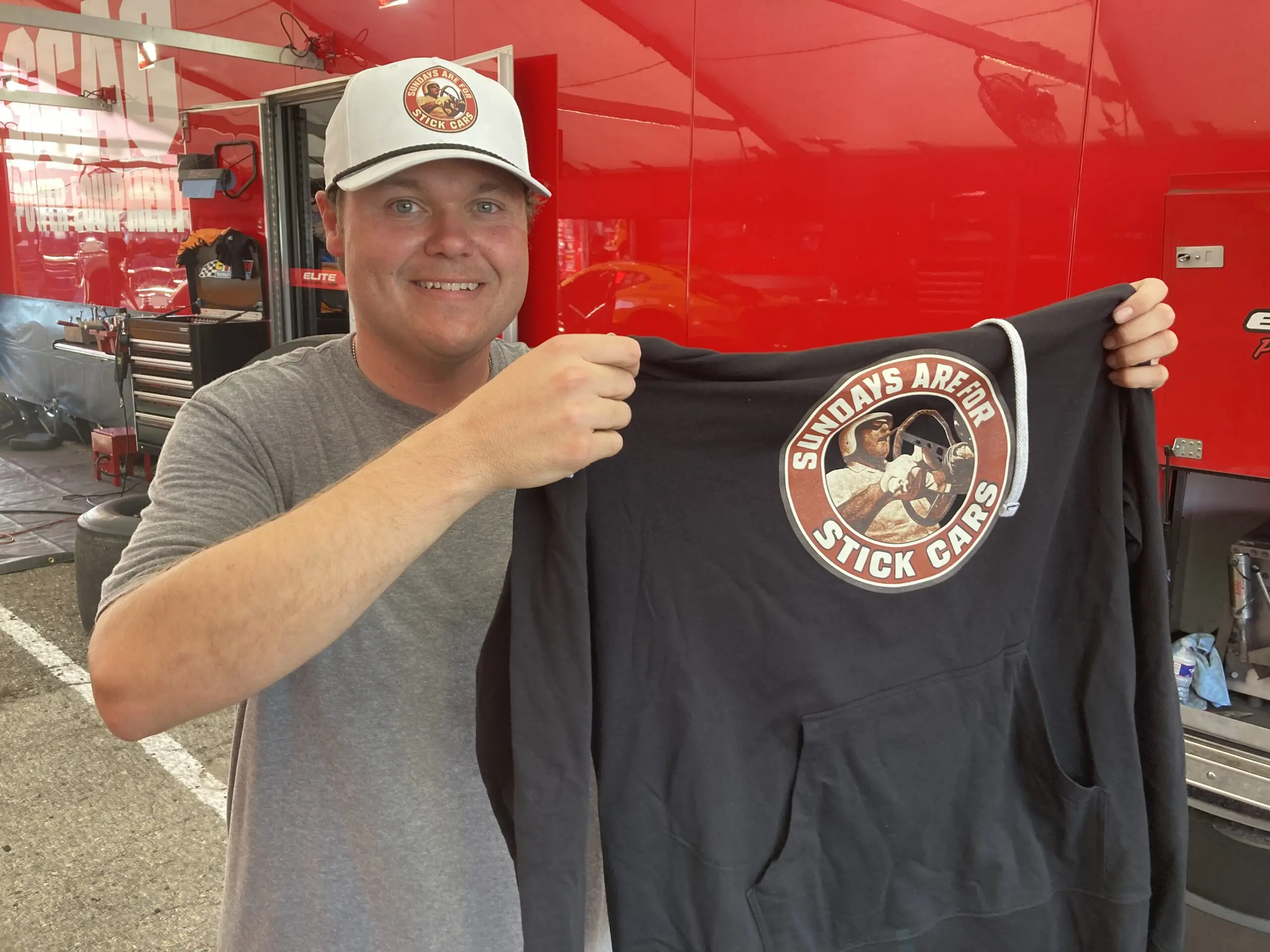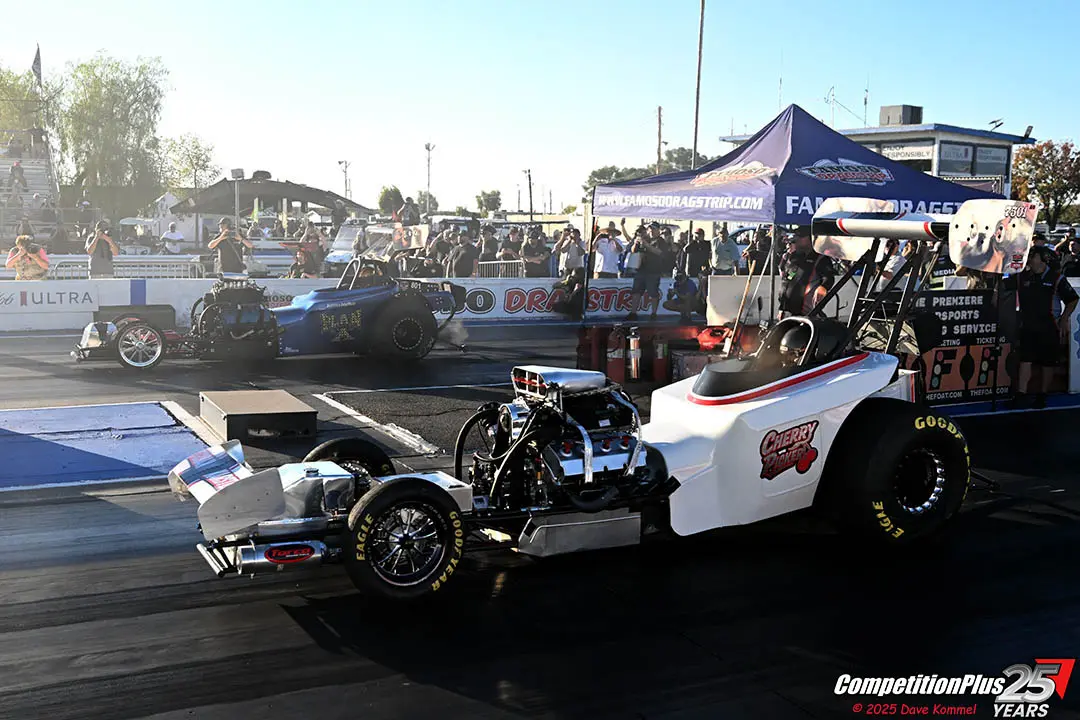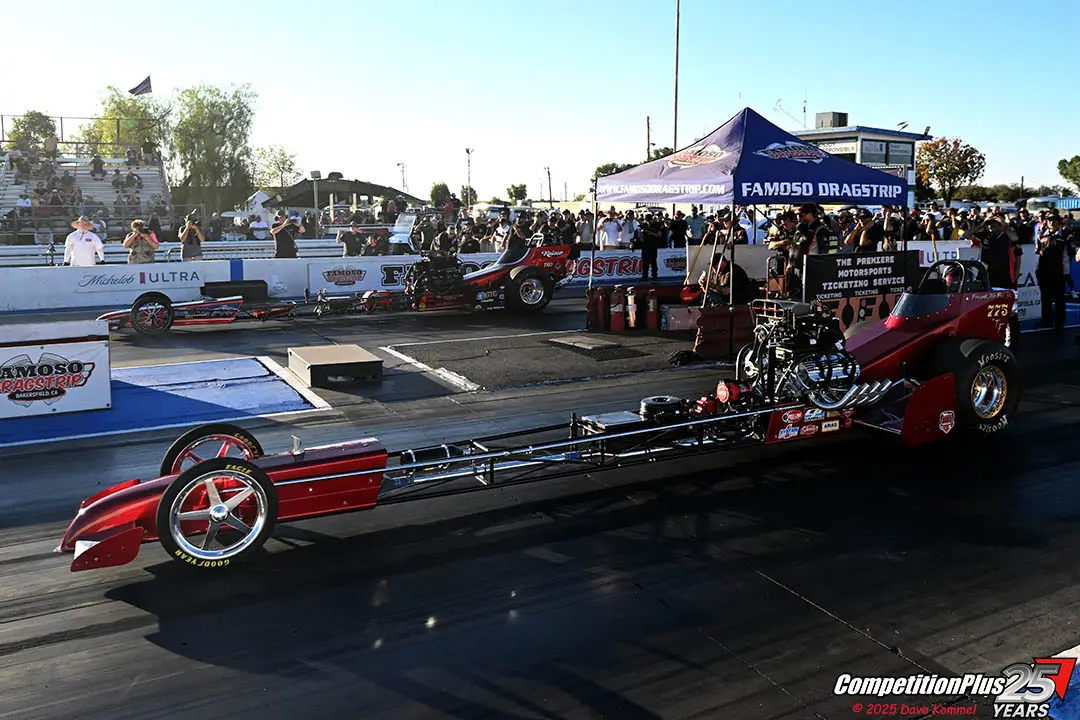
 The best education isn’t one conveyed in the classroom, but one that’s useful, and applicable, in real-world situations.
The best education isn’t one conveyed in the classroom, but one that’s useful, and applicable, in real-world situations.
That’s what a handful of students from the University of South Carolina have experienced at the past three NHRA national events at zMAX Dragway near Charlotte. Heading up a project to measure the energy produced by nitromethane-powered vehicles is Dr. Tom Owens, a professor at USC’s School of the Earth, Ocean and Environment since 1989. His area of specialty is seismology.
Attempts to measure the seismic effects of drag racing’s top classes isn’t something new, and stories about such things date back at least 15 years. In one account, the National Seismology Center reportedly measured an NHRA event at “1.5 to 2.0 on the Richter Scale.” Another report, published two years later, “measured the movement of the earth with a mobile seismograph” at “an astounding 3.9.”
But in an article about Dr. Owens’ “field trip” on South Carolina’s website, the professor said that the Richter Scale applies only to earthquakes and that comparisons to drag racing’s energy field wasn’t “apples to apples.” He reinforced that fact Wednesday in a text message that read, “Comparison of ground motion measured at a track and earthquake magnitudes are not appropriate.”
As such, his students focused on measurements of a different, yet related, type.
“The ground motion that we’re measuring in an earthquake depends on all sorts of things — the size of the earthquake, the distance from the instrument, the site conditions, the types of soils,” he said in the article. “The ground acceleration from a dragster is a large amount of shaking for a very small amount of time, recorded immediately adjacent to the vehicle.”
To attack the experiment, which was set in motion by an invitation from the Charlotte Motor Speedway/zMAX staff, Dr. Owens began with a basic premise and then asked the question of how to solve it.
“We were there to measure the ground motion that’s generated by the racers when they take off and go down the track. They basically built the instruments,” he said of his students. “They used $8 accelerometers and Raspberry Pi computers” that cost between $5 and $55 to record data. “We sort of steered them to how they’re going to get it done.”
The first attempt at collecting data came at NHRA’s fall race at zMAX in 2018. “It really didn’t work that well,” Owens said.
But failure, he noted, is an integral part of the scientific process. Their issues were with data transmission. The instruments worked fine, he said, but the radio telemetry used to transmit the data back to the tower had issues. It was an idea that looked suitable “on paper,” he said, but didn’t pan out in the field.
They then learned that the track had a fiber-optic network in place that was used by NHRA timing and Fox Sports. The access to tap into the network during a return trip to the Four-Wide Nationals in April 2019 solved the issue.
The first try “was sort of disappointing for the students,” Owens said, “but this is what happens. You design something, it doesn’t work, so you go back to the drawing board and redesign and get something that does work. For the people in the class who didn’t get as much data as they had hoped, it was disappointing, but from the perspective of teaching them how to be a field seismologist, it was just fine. It was, OK, this happens and what’re we going to do about it?
The experiment was so intriguing that it became the basis of a senior thesis for student Gabrielle “Gabby” Herrin, a product of Spring Valley High School who stayed home to attend college in Columbia, S.C. She originally intended to pursue a degree in physics, then soon into her freshman year, she zeroed in on geophysics as the best route to apply her math and science skills. She will graduate from USC in May.
“They wanted something on the Richter scale,” Herrin said of zMAX’s initial request, “but you can’t actually do that unless you have an earthquake. We measured the ground acceleration, and we measure it in Gs like on a fighter pilot or that the drag racer actually feels on themselves.”
When the team of students and Dr. Owens returned to zMAX in 2019, they went equipped with a half-dozen data acquisition devices. One was set up 25 feet behind the starting line, which is the approximate placement of the rear tires on a Top Fuel dragster. Others were installed about seven to eight feet ahead of the starting line, plus at the 60-, 330-, 660- and 1,000-foot marks.
 “When the racecar goes by, the energy that’s released from the tires shakes the ground,” Herrin said. “The shakes are at a certain frequency that we can relate to gravity, which is what G force is related to. We’re still processing the data.
“When the racecar goes by, the energy that’s released from the tires shakes the ground,” Herrin said. “The shakes are at a certain frequency that we can relate to gravity, which is what G force is related to. We’re still processing the data.
“We had almost two Gs into the ground on some of our devices at the Four-Wides last year. It’s kind of what the car is losing into the ground. They want that force, I’m sure, to be pushing the car forward, but what we’re measuring is energy loss into the ground. The burnout produces almost the highest peaks we see.”
It was the idea of one of the other students, Jacob Vincent, to continue the measurements farther downtrack than were in place on the initial visit. He and his father had done some drag racing back home in Vermont, and he told them that the 1,000-foot finish line would provide a unique measurement since the cars would be a full speed and under maximum downforce.
“His participation was really helpful in getting us oriented on how this stuff works,” Owens said.
The students got a first-hand taste — well, “feel” — of what racing’s fastest classes are all about when they were at zMAX. They were invited to stand between the 11,000-horsepower vehicles at the starting line.
“It’s hard to put words on how powerful those cars are,” Herrin said. “I think I screamed the first time. You can feel the energy off that vehicle from your toes to your head, all the way through your body.”
The main thing the students learned at the 2019 Four-Wide race was that initial, short-duration acceleration was upwards of 2Gs. When they returned in the fall, when only one pair of vehicles competed at the same time, the measurement was just over 1G, “so there’s some scaling there,” Owens said.
“To me, it was surprising that 1G of energy entered the ground from these dragsters. What Gabby’s going to be doing, other than just peak acceleration, is looking at the direction the energy’s moving as the car goes down the track. If you set up to do just this, we’d probably design it differently, but we’re limited by the track configuration and things, so we have less flexibility of where we could put this.
“It’s a really good project because the signal is so big. They can lay it out and know that they should get something, and then they can start thinking about what the source of it is. A lot of it is a pressure wave in the atmosphere. Most all of our instruments this last time were on the wall, these barriers. Well, is the pressure wave moving the barrier or is it coming through the ground? Things like that, by looking at the directions, we may get a good feel for that.
“In an ideal world, we’d be putting instruments down the middle of the track, but for some reason,” he said with a laugh, “when they have their 11,000-horsepower instruments they don’t want kids putting lumpy things in the middle of their track.”
Herrin, who attended all three trips to zMAX as a student, had never been to a drag race prior to the class’ 2018 trip. But now, she said, she would be interested in attending as a fan.
“I kind of know all the cars now, so I could show them” to her fiance, Sebastian, “who doesn’t know anything about drag racing.”











